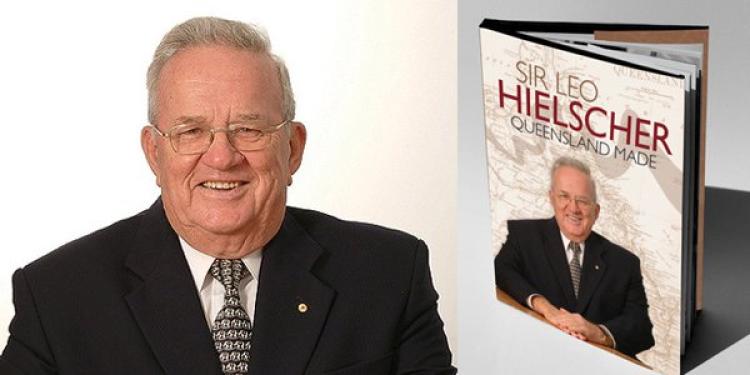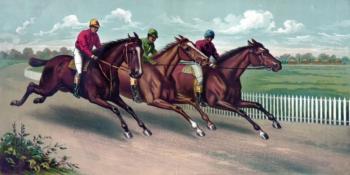Cheating At Las Vegas Casinos: The Captivating Story of an Australian Public Servant
Posted: July 8, 2014
Updated: October 4, 2017

A former employee of the Queensland Treasury, Leo Hielscher remembers the days when his job was to investigate casinos.
If today you saw a famous public figure sitting at a card table in a Las Vegas casino, how would you react? What’s the first thing you would do? Most people would probably take out their smart phones, snap a photo and quickly post it on Facebook, Twitter or Instagram. It would probably take one hour for a huge scandal to break out.
But things were different back in the 80s, when this was part of the job if you were an under-treasurer working for the Queensland Government, in Australia. This is how Leo Hielscher ended up sitting in a dark room in Vegas, where card sharks were showing them how to cheat at casino games.
How Australian gambling changed
There are three casinos currently operating in Queensland:
• Jupiters, Gold Coast
• Treasury Casino, Brisbane
• The Reef Hotel Casino, Cairns
Hielscher spent the biggest part of his life working as a public servant. Now he’s in his 70s and he often drifts back to the good old days at the Queensland Treasury, where he was senior public servant and then senior financial advisor to government and to business, heading the local Treasury Corporation.
Today, Australian gambling laws focus on offering the public what they want: all the casino games and sports betting sites they can ask for. But back in those days, Leo Hielscher recounts, tourism was front of mind not just gambling revenue from casinos, like it is today.
In the early 1980s, officials figured casinos would attract hotel developers, making room for accommodation and more tourists, thus generating business for everyone involved. Now there are countless gambling venues and even online sportsbooks in Australia.
Leo’s gambling stories
Author Joanne Holliman has written a book about Sir Leo Hielscher. The novel entitled “Queensland Made” tells the story of a man who has two bridges over the Brisbane River named after him. It also mentions that, as a young man, he used to play cricket and football, then joined the airforce and married “the prettiest girl in Holland Park,” Mary Ellen Pelgrave.
When reading “Queensland Made”, one anecdote captures the reader’s attention quicker than any other part of the book. It tells how, one day, recently-retired deputy police commissioner Vern McDonald joined Leo Hielscher on a “quest” to show him a more dangerous side of gambling, and how things are done in Las Vegas.
“We went up through Malaysia, through Asia and we got to see the ones that we should avoid,” he remembers. “Then we went over to the States, to New Jersey, to Atlantic City and went to Bahamas. And then we came back into to Vegas, where we saw a few more things what not to do,” he added.
Casino cheats uncovered
Leo was wise enough to figure out how casinos worked and his little trip revealed some interesting facts.
“For example, some of the laundry contracts, they were not washing anything,” he said, laughing. “The contract was fair as a laundry contract, but there was no washing of laundry being done, that was being done somewhere else.”
Throughout the investigations, his team received advice from the Nevada Gaming Authority on how to beat the cheats at the tables, using weights on the roulette wheel or wheels with “almost invisible” steel pins.
“They could press a button and half a dozen holes would never come up. They gave us a half a day on ‘how to cheat’. And this was just the cheating at the table,” Sir Leo recounts.
How gambling evolved in Queensland
After analyzing the issue of licensing casinos for a while, authorities in Queensland eventually decided to hand out authorizations for casinos to be built in Brisbane, the Gold Coast, as well as Townsville.
As a rule, hand shuffling at casinos operating in the state was out of the question. Cards dealt here would only come from “the shoe.”
Today, the name “Leo Hielscher” is familiar to many. The man helped shape the 1982 Commonwealth Games and the World Expo in 1988. He held an important part in major decisions, like selling Suncorp, building Griffith University and Queensland’s Cultural Centre, among many others.












